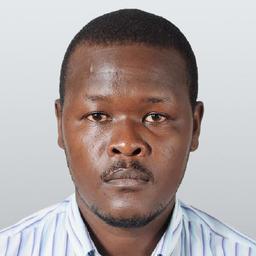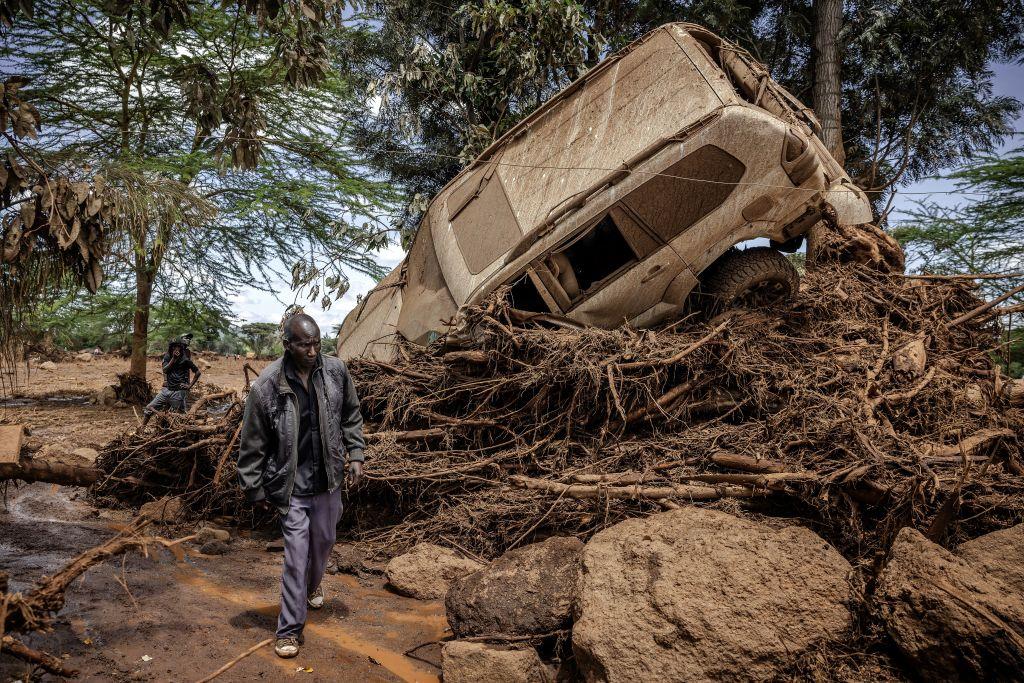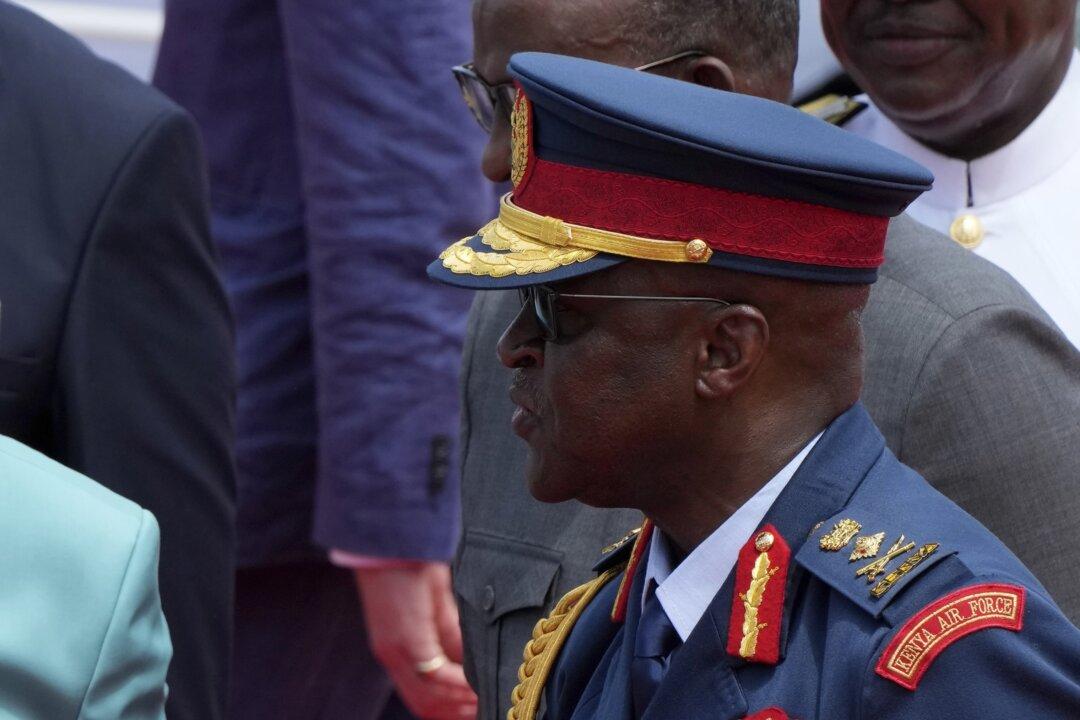LOOSUK, Kenya—When Doris Nailashu took her primary school certificate exams three years ago, she was only 13 and had ambitions of completing secondary school and even university. She had the full support of her mother, who wanted her to pursue higher education.
But among the Samburu community in north-central Kenya, a woman’s voice is not to be heard. Since Nailashu had lost her father, her family was now under the care of her uncle—her father’s brother—and he was the one calling the shots. In fact, he already had a plan set in place for Nailashu: She was to be married off.
“My mother didn’t want me to get married because she said I had performed well and [it] was best that I joined high school. But because her voice couldn’t be heard by anyone, she had to accept and painfully watch as I was put for marriage,” said Nailashu, 16, who has since fled the community and is studying at a girls school in the neighboring Laikipia County, thanks to efforts by the Samburu Girls Foundation.

Before this, Nailashu had also been lucky not to have been beaded by a Samburu warrior. Beading is a practice among the Samburu community in Kenya when a warrior, or a “moran” as they are called, puts red-colored beads around a girl’s neck when she is young, sometimes as young as six, and can have sexual relations with her.
The moran should be a relative from the girl’s clan. Since the girl is not circumcised—a practice common in some tribes—pregnancy or marriage is forbidden. If the girl becomes pregnant, older women help her abort the baby, and if the baby survives, the baby is poisoned to death or simply abandoned for animals to maul.
The Escape
In Nailashu’s case, her suitor had already made an offer for her dowry and her uncle was happy.“He was 67-years-old and had four wives, I was going to be his fifth wife. He was known to be wealthy in our village and that is why my uncle wanted to marry me off to him since he knew he would have control over the dowry. Here, the dowry is just 10,000 shillings cash ($100), two bed sheets, two Maasai shukas, two 50-kilogram bags of sugar, and a few packets of tea leaves,” Nailashu said, turning away as she recalled what her fate would have been if she had not left.

A month before her wedding, Nailashu secretly planned her escape. In executing her plan, she said she couldn’t trust anyone.
“I only told my mother that I wanted to go to my grandmother’s and she gave me permission. I changed routes and walked for three days, sleeping two nights on the way until I arrived at Maralal town. I had heard from friends at school about the rescue center and how they helped girls get an education and not be married off,” she said.
“When I arrived in Maralal, I saw a sign post that said ‘Samburu Girls Foundation’ and an arrow pointing at a direction. I followed it and came to the offices where Mom Josphine took me in.”
Josephine Kulea, a Kenyan child-rights, activist rose to the limelight when she survived a curse from the elders of the Samburu community for her activism. In her tribe, if someone goes against the traditions, the elders cast a spell on the person, which they claim results in the person’s untimely death, although no deliberate physical harm is perpetuated.
Having survived beading and early marriage, Kulea was working as a nurse in her village, and couldn’t sit by and watch other girls going through abuse. She secretly worked with friends and a local church to rescue the young girls, and helped found the Samburu Girls Foundation in 2011.
Access to Water
One of the risks the girls at the center continue to face is access to clean water during the dry season. They have to walk several miles to the river to fetch water for drinking and cleaning. This not only puts the girls in danger of getting sick from the dirty water, but also at risk of being taken back by their community members.
Thanks to technology from an American company that harvests water from the atmosphere by tapping moisture, the girls now have access to clean water at their site.
“I grew up in Arizona, which is a desert. But then I have been in places where there is too much water and nothing to drink and I thought to myself that solar and renewable energy is going to win, so what next?” said Cody Friesen, an engineering professor at the Arizona State University, and founder of Zero Mass Water.
His company donated 40 panels to the girls foundation, helping the girls get 160-400 liters (42-105 gallons) of water on a daily basis using the technology.
“This means a lot for the girls, because they now have more time to study and not have to go to the river to fetch water. They will also have clean drinking water and not fall sick with waterborne diseases and as well, the girls will maintain cleanliness at the school,” Kulea said.
As for Nailashu, having been rescued and now going on with her studies, she is determined to be a lawyer after she completes school.
“I want to be a lawyer so I can fight for my fellow girls,” she said.





